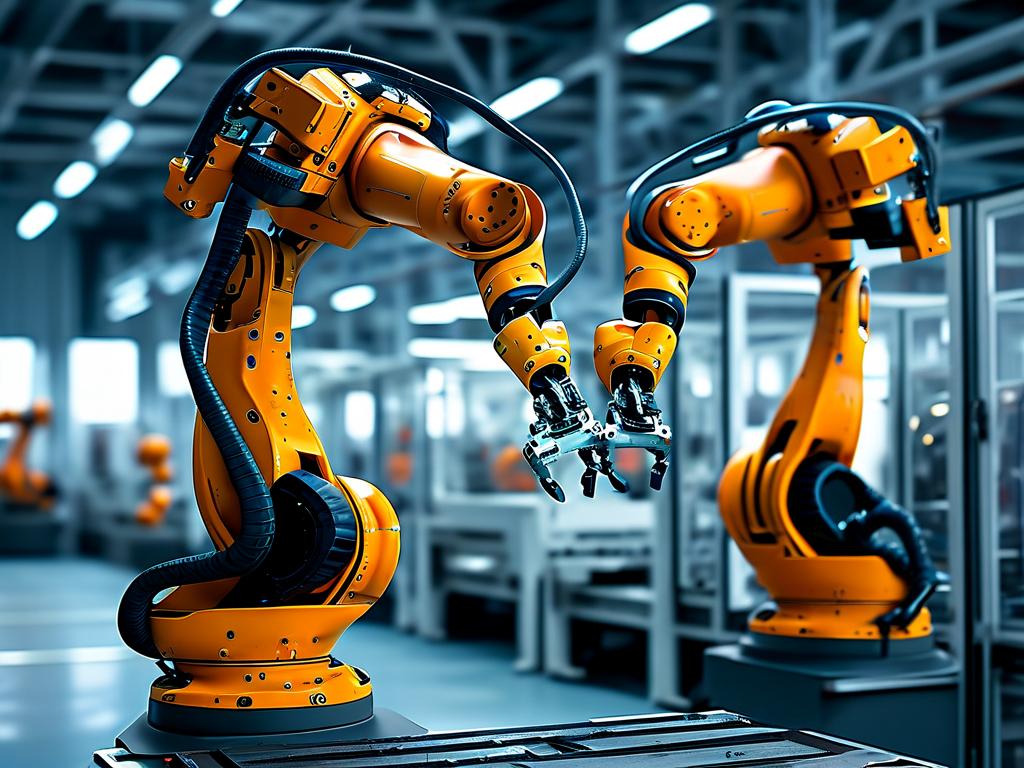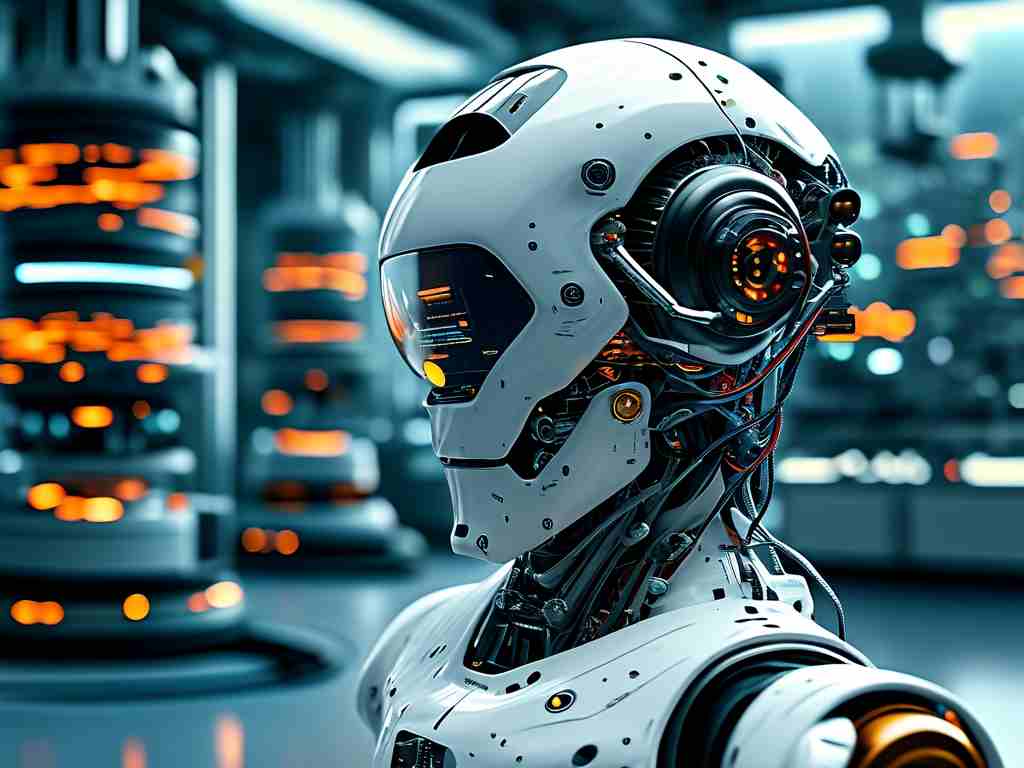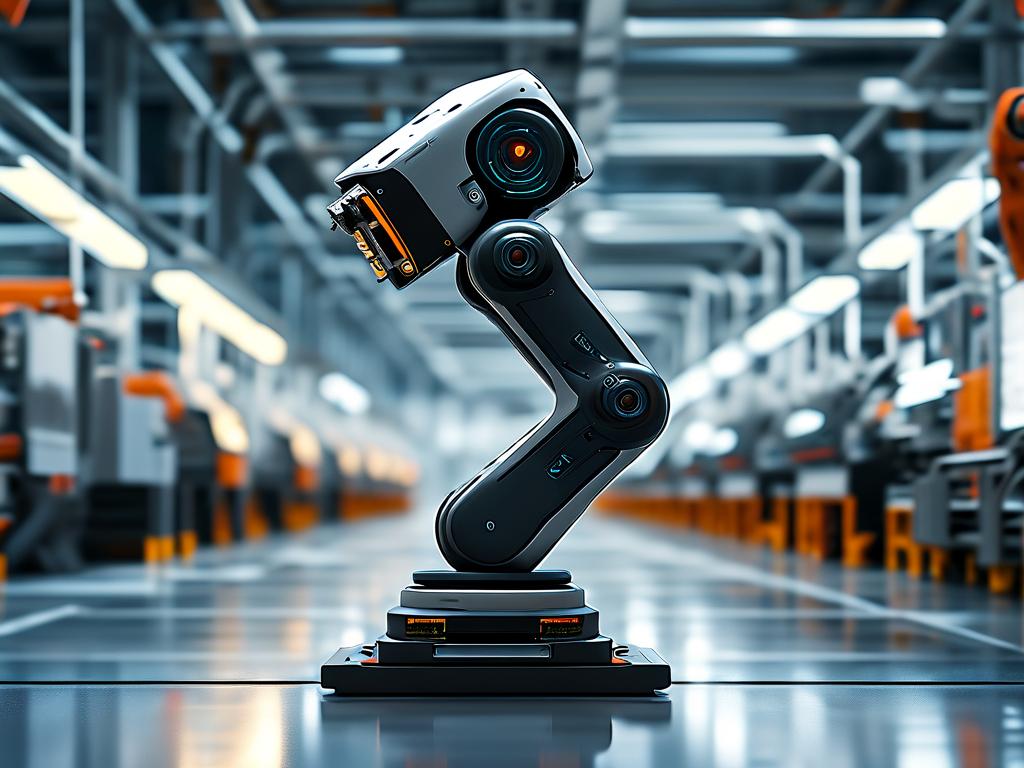The fusion of biological inspiration and engineering innovation has given rise to a groundbreaking field: mimicry robotics. These machines replicate the movement patterns, decision-making logic, and even behavioral characteristics of biological organisms through advanced technical implementations. At its core, this technology transcends simple mechanical duplication—it involves multidimensional integration across sensor networks, adaptive control systems, and material science breakthroughs.
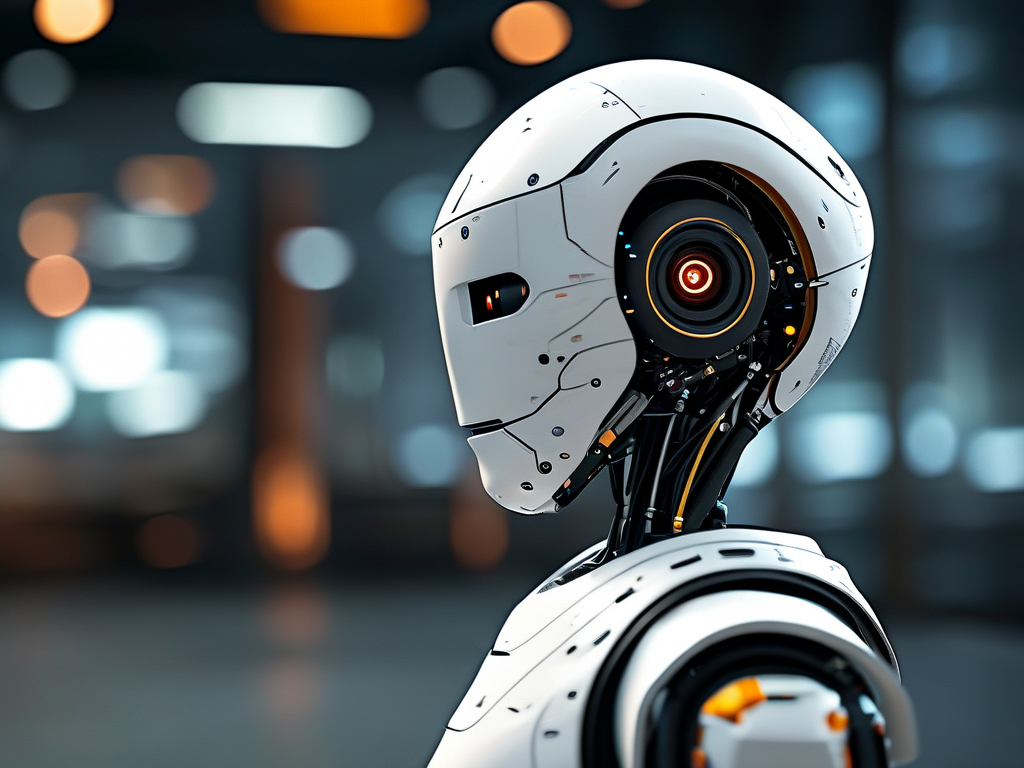
Biological Blueprint Interpretation
Modern mimicry robots begin their development cycle with comprehensive biological analyses. Engineers employ high-speed 3D motion capture systems to record the wing movements of dragonflies or the gait patterns of felines, converting these observations into mathematical models. For instance, the flight mechanics of hummingbirds have been translated into flapping-wing drone designs through Fourier transform analysis of wing oscillation frequencies. This data-driven approach enables precise replication of biological kinematics while allowing for mechanical optimizations beyond natural limitations.
Multimodal Sensory Integration
Next-generation robotic systems incorporate hybrid sensor arrays that surpass biological sensory capabilities. Aerial mimicry drones might combine LiDAR for spatial mapping with infrared thermography for thermal signature detection, while amphibious models utilize pressure-sensitive artificial skin layered with hydrophobic nanomaterials. These sensor suites feed real-time environmental data to central processors through redundant neural network architectures, enabling split-second decision-making comparable to biological reflex arcs.
Dynamic Control Paradigms
The control systems governing these machines employ hierarchical architectures blending pre-programmed routines with machine learning adaptability. Deep reinforcement learning algorithms allow humanoid robots to master complex motions like stair climbing through virtual training environments. A practical implementation might involve:
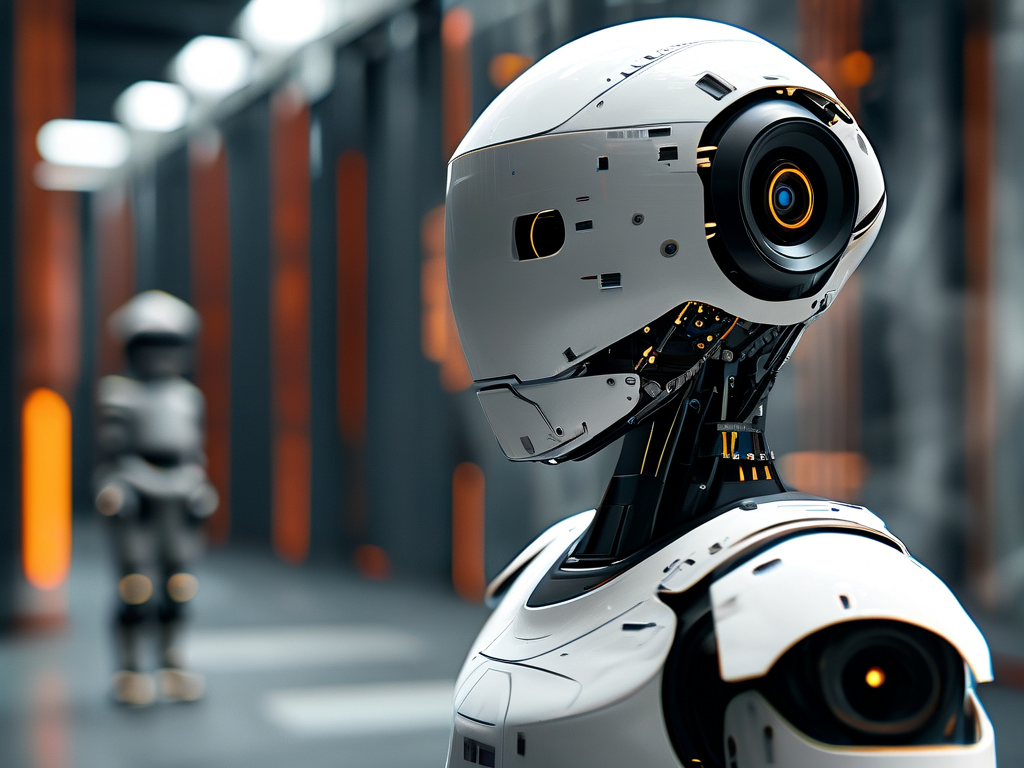
# Simplified reinforcement learning loop for motion optimization
while not converged:
action = policy_network(robot_state)
reward = calculate_movement_efficiency(action)
update_network_weights(reward)
This iterative learning process enables robots to develop fluid, energy-efficient movement patterns that continuously improve through operational experience.
Material Innovation Frontiers
Advanced materials form the physical foundation of biomimetic robots. Shape-memory alloys replicate muscular contractions through Joule heating effects, while dielectric elastomers enable octopus-like appendage deformation. Researchers at MIT recently demonstrated a robotic fish using ionic polymer-metal composite (IPMC) artificial muscles that achieve 90% propulsion efficiency—surpassing biological counterparts. These material breakthroughs address critical challenges in power density and operational longevity.
Energy Management Breakthroughs
Biological energy efficiency inspires novel power solutions. Some prototypes implement glucose fuel cells mimicking cellular metabolism, while others utilize piezoelectric knee joints that harvest energy during locomotion. A notable example includes Boston Dynamics' quadruped robots achieving 30% longer operational durations through regenerative braking systems in their articulated joints.
Ethical Implementation Framework
As these technologies advance, ethical considerations demand rigorous scrutiny. The development of military reconnaissance drones mimicking common insects raises surveillance concerns, while hyper-realistic humanoid robots challenge traditional social interaction paradigms. Industry leaders are collaborating with ethicists to establish usage guidelines addressing privacy preservation and psychological impact mitigation.
Future Development Trajectories
Emerging research focuses on neural interface systems that enable direct biological-to-digital signal translation. Teams at Stanford have demonstrated preliminary success in controlling robotic prosthetics through decoded motor cortex signals. Concurrently, quantum computing applications promise to revolutionize real-time environmental processing capabilities, potentially enabling micro-scale robots with swarm intelligence behaviors.
This technological evolution positions mimicry robots as transformative tools across multiple sectors. In healthcare, snake-inspired surgical robots perform minimally invasive procedures with submillimeter precision. Environmental monitoring benefits from bird-like drones conducting silent wildlife observation. Industrial applications range from elephant trunk-inspired material handlers to ant colony-optimized warehouse logistics systems.
The ultimate goal extends beyond imitation—researchers aim to create symbiotic systems where biological and artificial intelligence mutually enhance capabilities. Recent experiments with neural organoids integrated into robotic control circuits hint at future hybrid intelligence platforms. As material science, AI algorithms, and energy systems continue progressing, the boundary between biological organisms and their mechanical counterparts grows increasingly permeable, heralding a new era of bio-integrated technological solutions.







